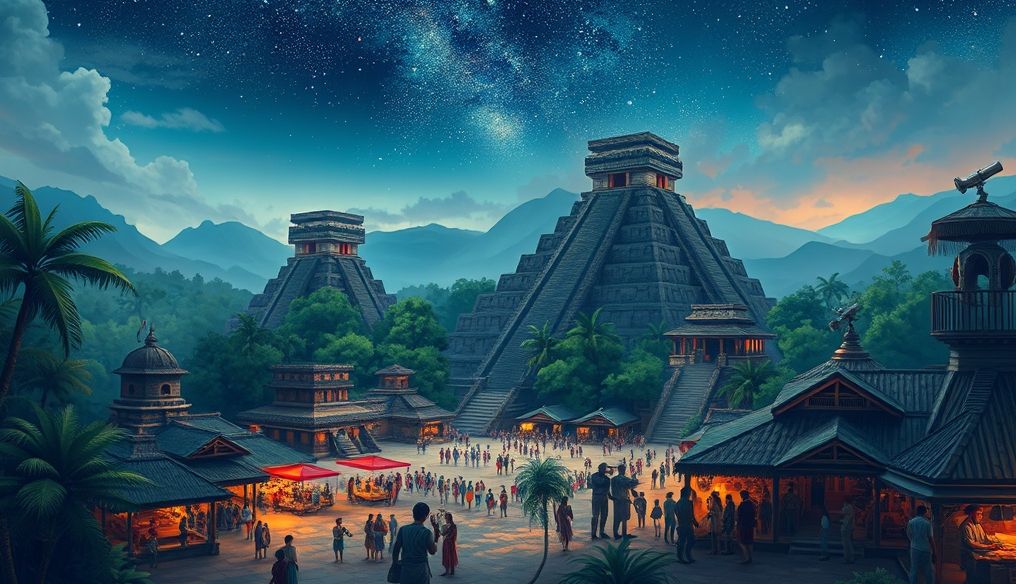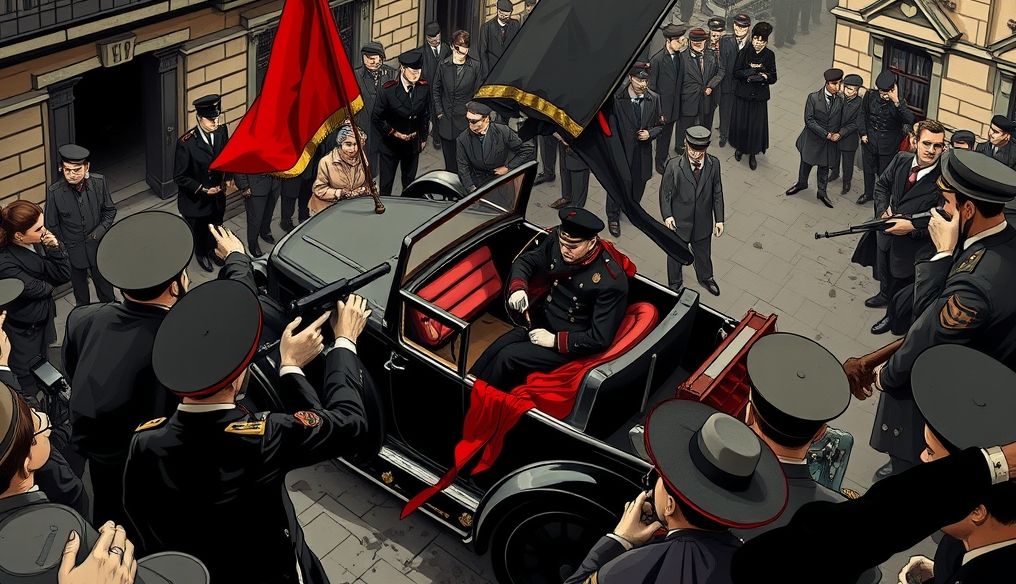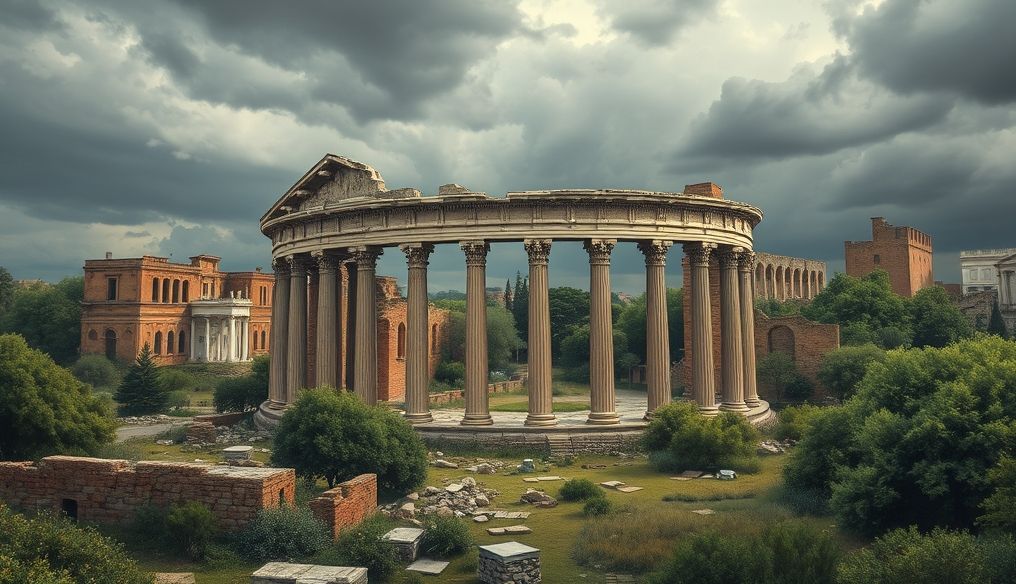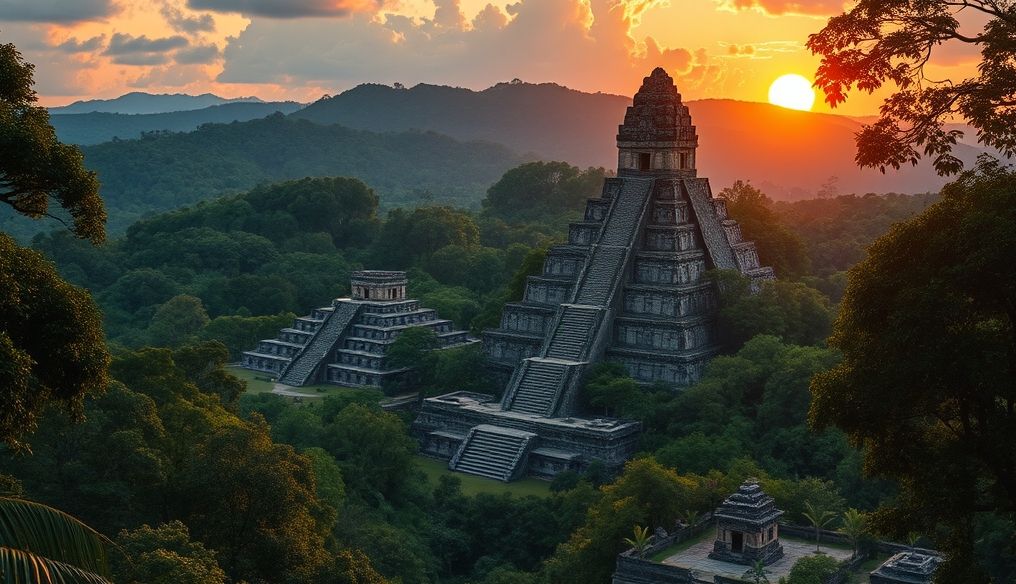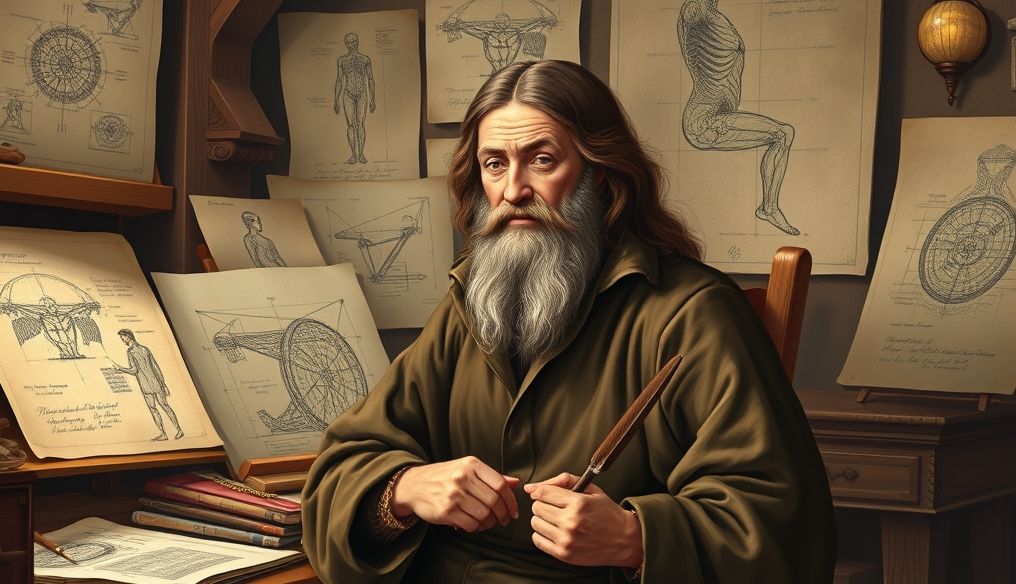Did the Mayan Civilization Vanish Suddenly, or Did It Transform and Evolve?
The ancient Mayan civilization has long fascinated the world, due to its advancements in astronomy, mathematics, and architecture. But did this ancient civilization end suddenly and mysteriously, or did it transform and evolve over time? This article seeks to answer this question, based on the latest archaeological and historical discoveries and studies.
Introduction: The Magic of the Mayan Civilization
The Mayan civilization is considered one of the most advanced civilizations in Central America. This civilization flourished from 250 to 900 AD, known as the Classic Period. The Maya built massive cities with complex architectural structures, such as pyramids, temples, and palaces. They also developed an advanced writing system and a highly accurate calendar.
The Classic Collapse: An Enigmatic Puzzle
At the end of the Classic Period, the major Mayan cities in the south began to decline. Major construction operations ceased, and the population decreased significantly. By the 10th century AD, most of these cities had been abandoned. This event, known as the "Classic Collapse," has raised many questions about its causes.
Theories About the Causes of the Classic Collapse
There are many theories that attempt to explain the causes of the Classic Collapse of the Mayan civilization, including:
- Climate Change: Studies suggest that the region experienced prolonged periods of drought, which negatively affected agriculture and led to food shortages.
- Wars and Internal Conflicts: Continuous wars between competing cities may have weakened them and depleted their resources.
- Population Growth: Excessive population growth may have led to the depletion of natural resources and environmental degradation.
- Social and Political Unrest: Internal conflicts between the ruling elite and the people may have destabilized political and social stability.
Did the Maya Really Disappear?
Despite the Classic Collapse, the Maya did not disappear completely. Many people moved to other areas, such as the Yucatan Peninsula, where their civilization continued to flourish. New cities were founded, such as Chichen Itza and Uxmal, which became new centers of power.
The Post-Classic Period: Continuation of Civilization
In the Post-Classic Period (900-1500 AD), the Mayan civilization continued to develop on the Yucatan Peninsula. The Maya maintained their culture, language, and traditions, but they were also influenced by other civilizations, such as the Toltec civilization. Mayan cities continued to flourish until the arrival of the Spanish in the 16th century.
The Spanish Conquest: The End of an Era
The Spanish conquest of the Yucatan Peninsula began in the 16th century and lasted for several decades. The Maya strongly resisted the invaders, but they were eventually defeated. The Spanish destroyed many cities and temples, and tried to eradicate the Mayan culture. However, the Maya continued to preserve their identity and traditions in remote areas.
The Maya Today: Continuing Identity
Today, millions of descendants of the Maya live in Mexico, Guatemala, Honduras, and Belize. They speak different Mayan languages and maintain many of their ancient traditions and customs. The Maya today seek to preserve their culture and identity, and contribute to building their communities.
Conclusion: Transformation, Not the End of Civilization
Looking at the historical and archaeological evidence, it is clear that the Mayan civilization did not disappear suddenly, but transformed and evolved over time. The Classic Collapse was an important turning point, but it was not the end of the civilization. The Maya continued to flourish in other areas, and preserved their culture and traditions. Today, the Maya represent a vital part of the cultural heritage of Central America.
Lessons Learned from the Mayan Civilization
The Mayan civilization offers us valuable lessons about the importance of adapting to environmental and social changes. We also learn that wars and internal conflicts can lead to the destruction of civilizations. We must learn from the mistakes of the past, and work to build sustainable and prosperous societies.
